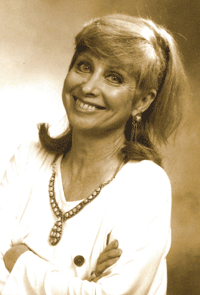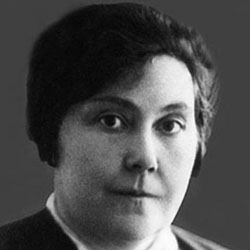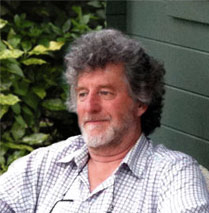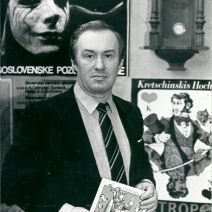
Rafail Adolfovich Volsky (October 31, 1938 – 2007) was a Soviet theater designer, graphic artist, and illustrator. Born in Moscow, he, together with his brother Viktor Volsky, designed more than 200 operatic, ballet, and dramatic productions for major theaters. For many years, their work appeared on the stages of the Bolshoi Theatre, including productions such as Wagner’s Das Rheingold, Handel’s Julius Caesar, Dargomyzhsky’s Rusalka, and others.
As stage designers, the Volsky brothers collaborated with the Bolshoi, the Maly Theatre, the Moscow Art Theatre (MKHAT), the Mayakovsky Theatre, the Central Academic Theatre of the Russian Army, and theaters across Lithuania, Estonia, Kazakhstan, Kyrgyzstan, and Azerbaijan. Their scenography and costume work extended to productions in Italy, Germany, Austria, Hungary, France, Finland, Greece, and Japan. Volsky also illustrated books, bringing the same sensitivity to costume, culture, and mood to his graphic work.
He was known for adapting his graphic style to suit the literary source, capturing national character, material culture, and the spirit of the text. In his later years, one of his major works was his illustrations for Sergei Mikhalkov’s Comrades-Children, where he treated the book as if it were a stage, letting the words form a performance to be visualized on the page.
“In the challenging life of an artist working on book design and illustration, there are rare moments of joy when luck favors him, and the realized concept brings happiness. Are such celebrations rare? It depends on the artist’s skill, diligence, breadth of vision, and even, if you like, obsession. But, of course, it is not about the number of books illustrated or designed by the master. It is about the charge of philosophical, literary, and visual ideas that the artist fills the book with.
Rafail Volsky is one of those fortunate ones, for whom luck accompanies the thorny path of the ‘bookmaker’. His literary interests are broad and diverse. The geography alone is striking: the Soviet republics, Czechoslovakia, Mongolia, Sweden, China, Japan, France… Modern children’s books are represented in his work perhaps more extensively than by any other artist. To create these books properly, one must faithfully and accurately convey, through illustrations, the spirit and material culture of a people, their appearance and character, and the stylistic principles of national literature.
Regarding style, Volsky seemingly effortlessly overcomes the challenges of this path. Each time he strives to find the precise graphic language, closely matching the stylistic features of the literary source. This is evident even at a glance in his illustrations for Lao She’s Rickshaw, Kobo Abe’s stories, V. Vitki’s Who Helps the Sun, stories by Czech writers, D. Kabalevsky’s About Three Whales and Many Other Things, and many other books he designed.”
(Dmitry Spiridonovich Bisty)
“The art of the Volsky brothers is the idea itself, the act itself, the event itself with its spiritual content and emotional charge. Their art is inseparable from the director, actors, and author. Working with them is a creative process that generates both meaning and emotion—the essence of a production. Their scenography is an organic combination of the traditions of the Russian theatrical school with the knowledge and feeling of the contemporary spirit in its most beautiful expression.” (Boris Pokrovsky)
Books
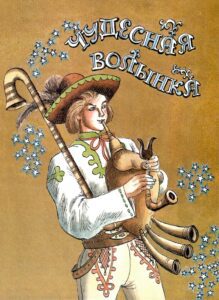
The Wonderful Bagpipe
Original title: Чудесная волынка Rafail Volsky brings to life magical and everyday tales, richly infused with authentic Czech and Slovak customs and historical realities. Among these, the stories of Jánošík, the legendary Slovak hero and defender of the oppressed hold a special place in the hearts of readers. The books […]
